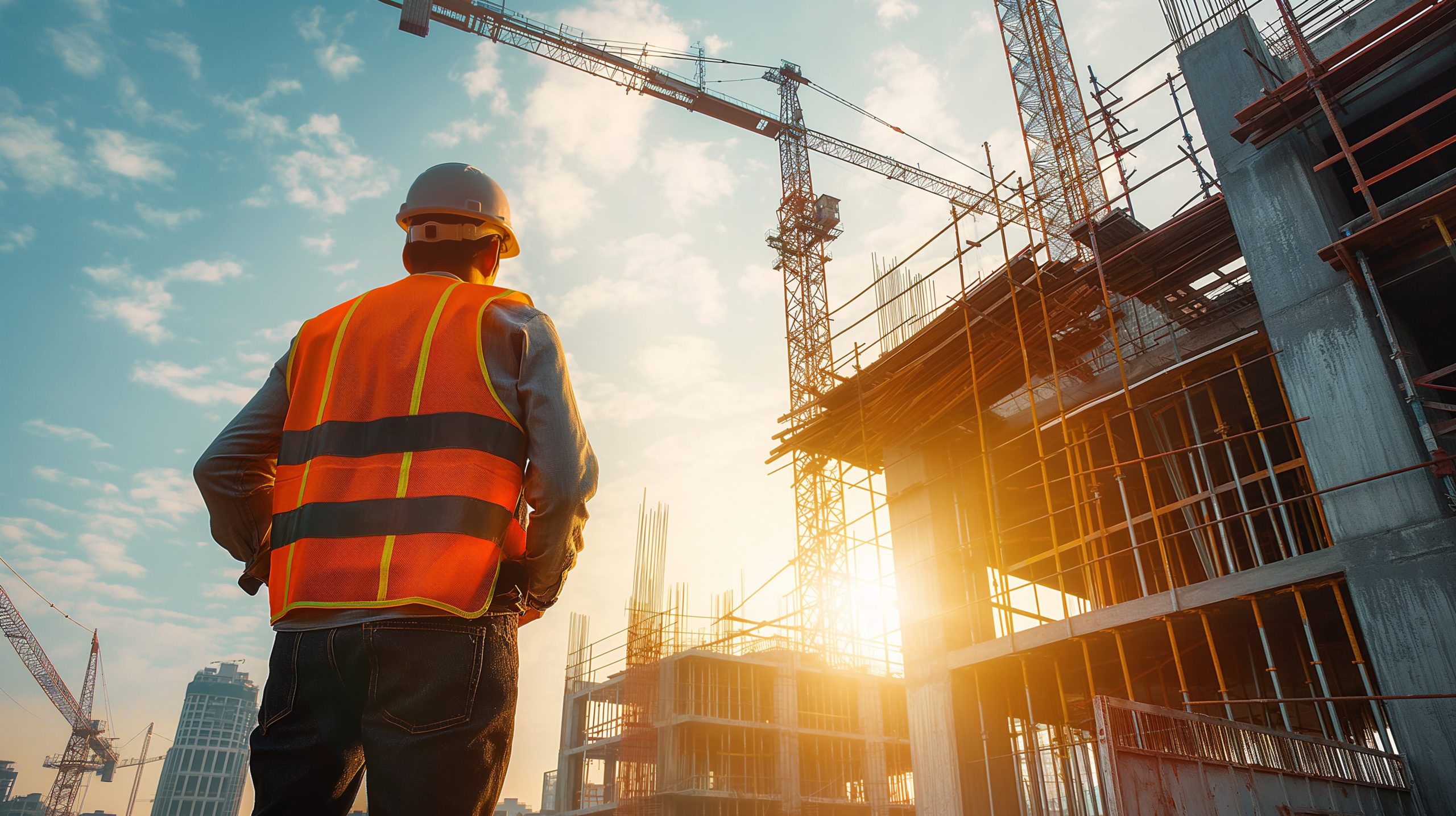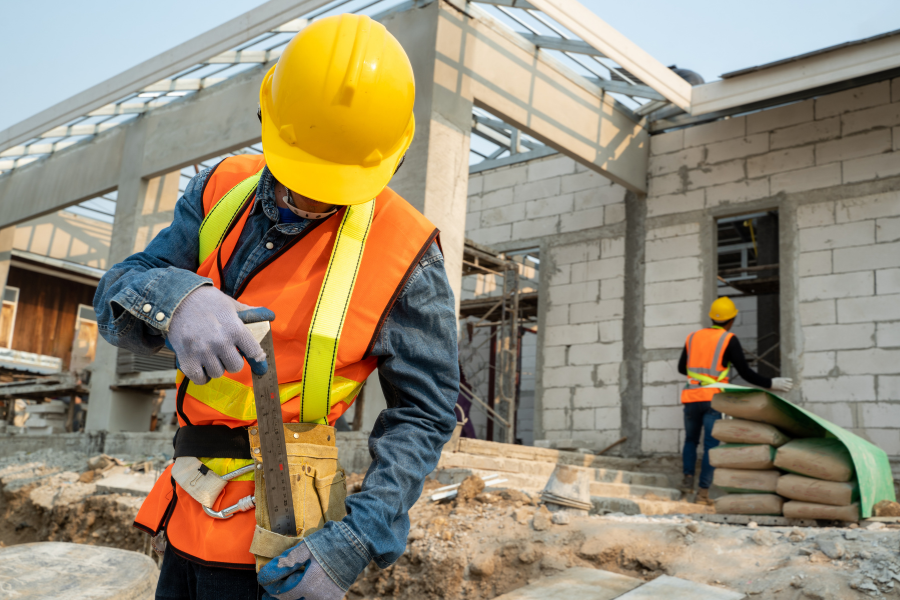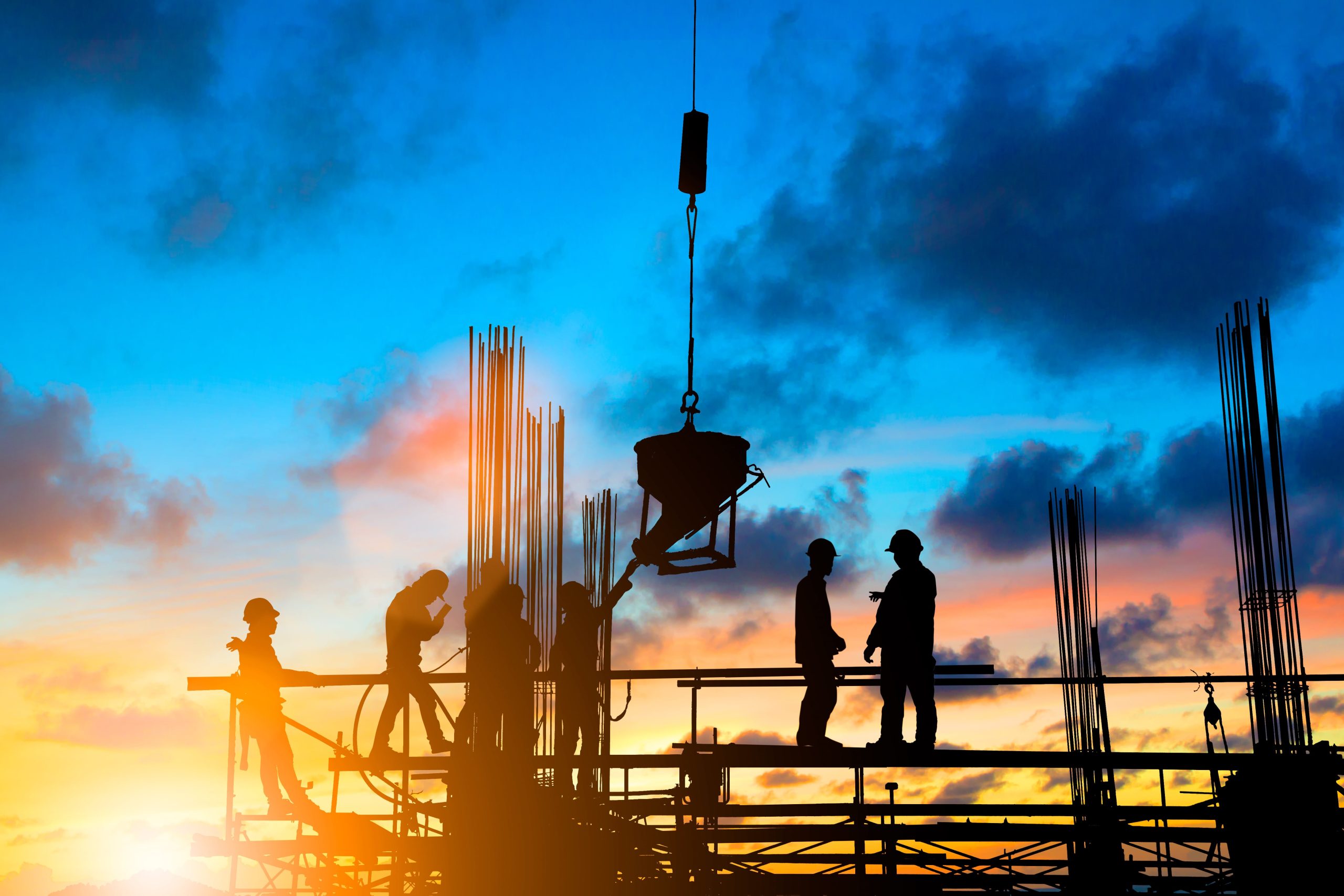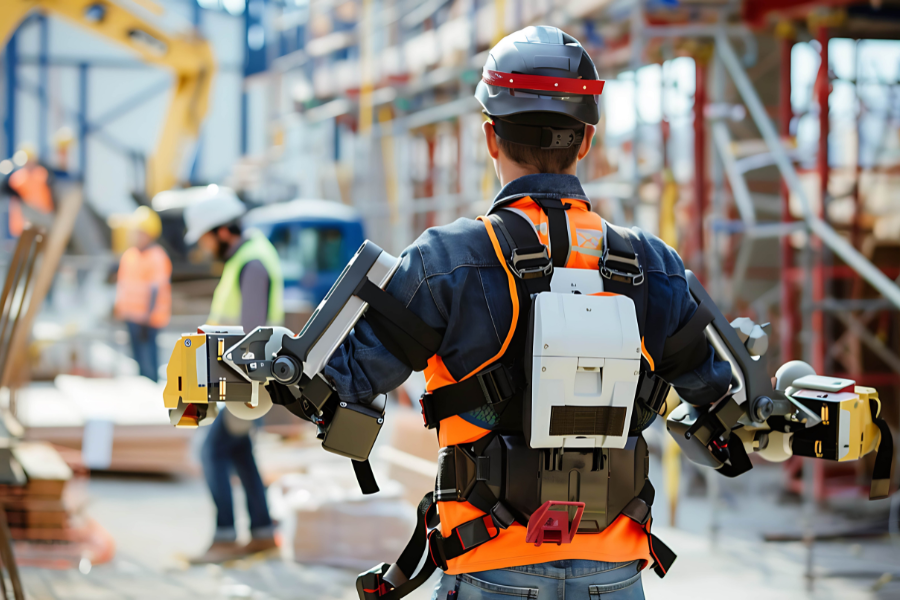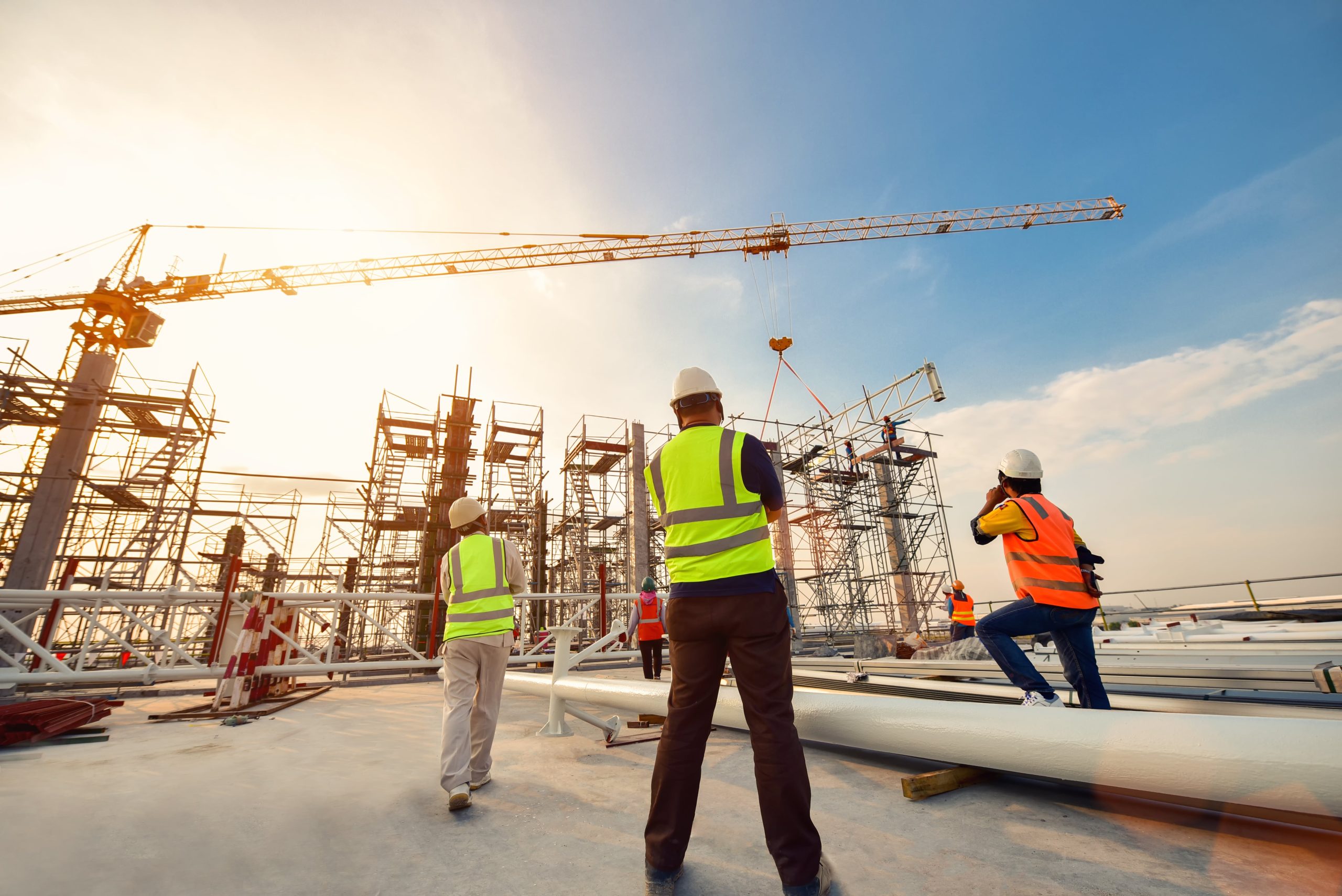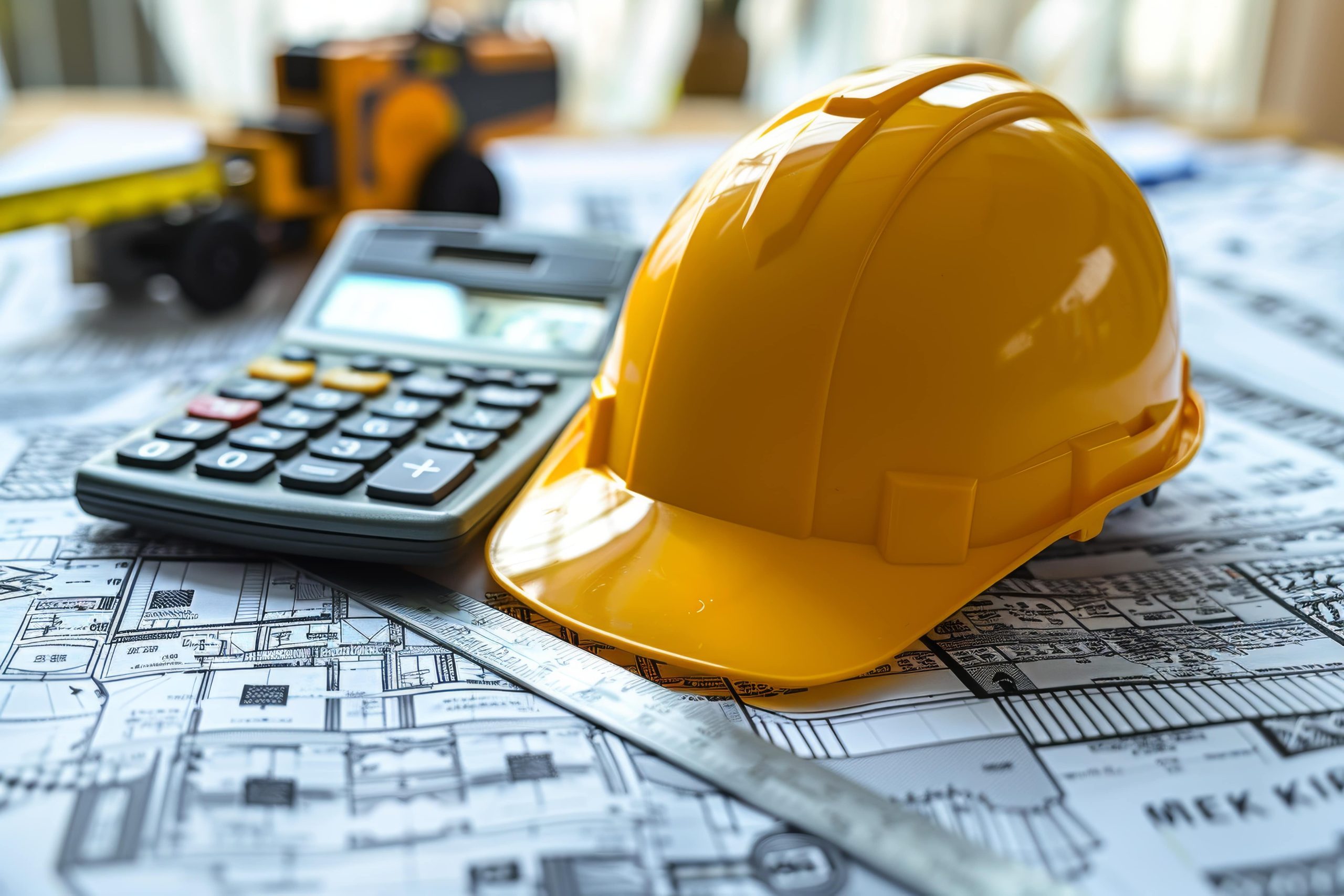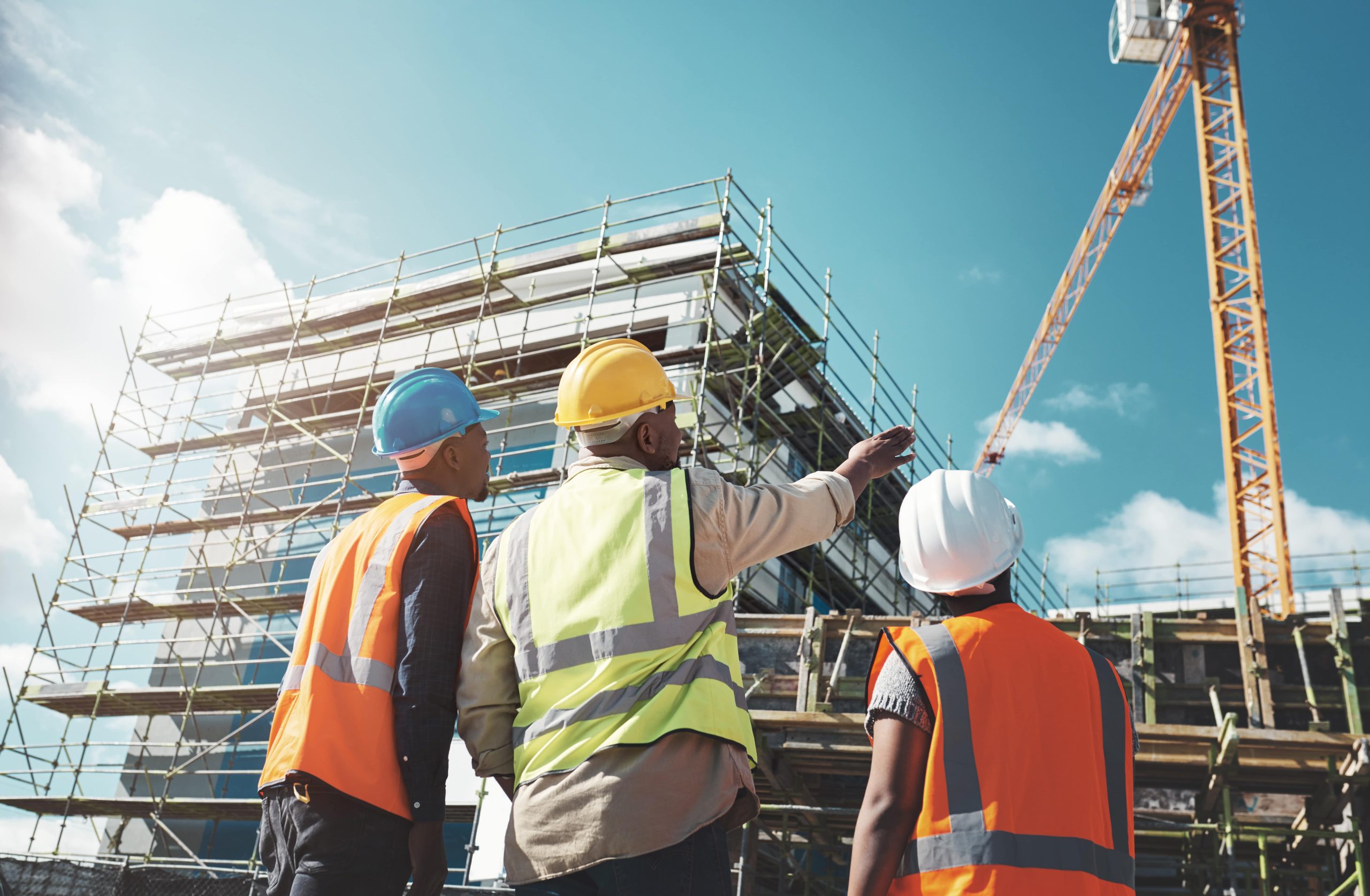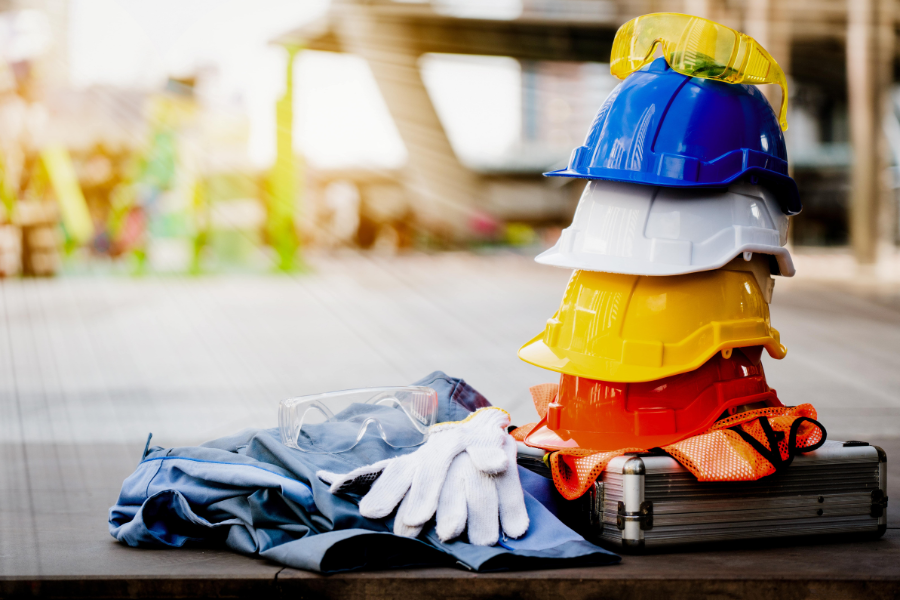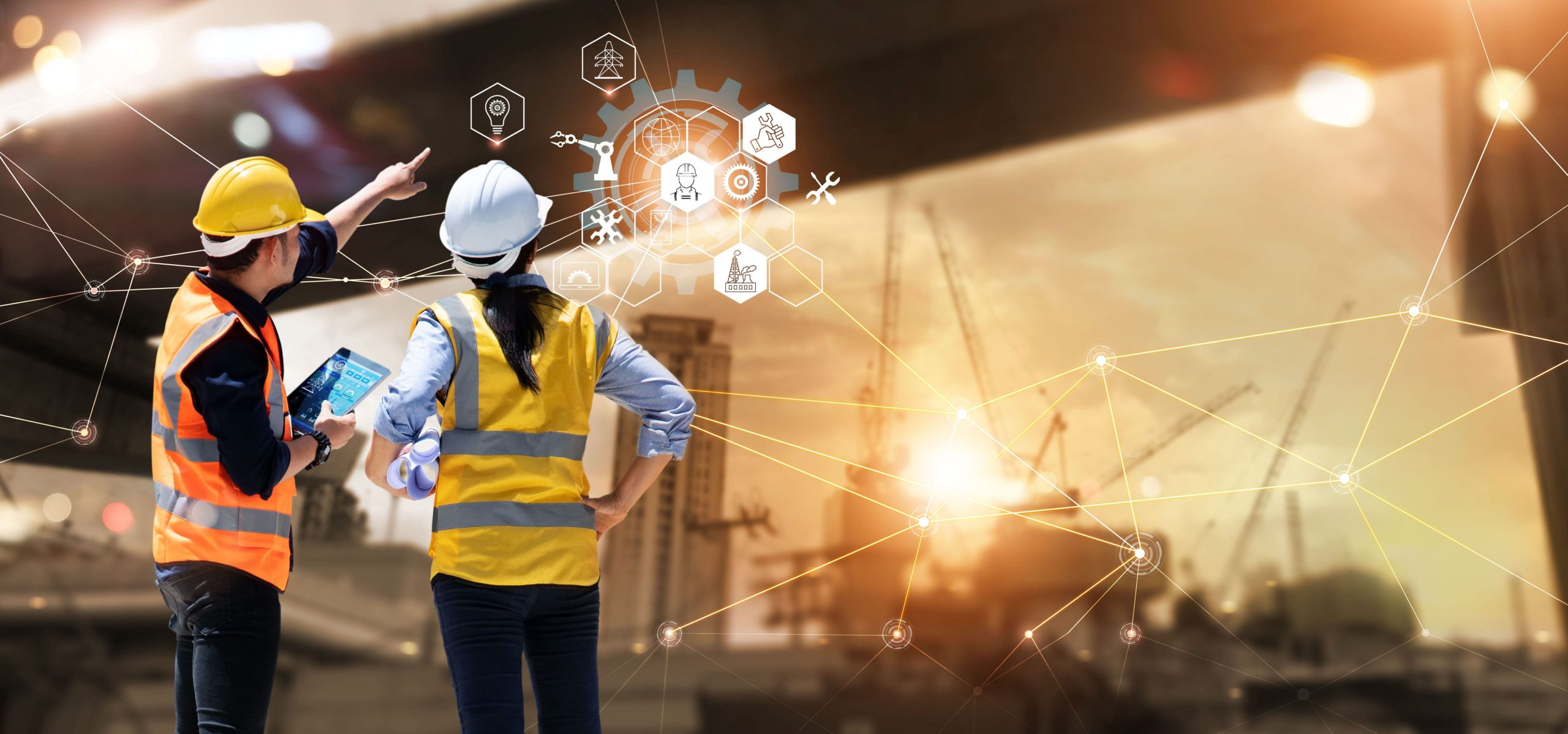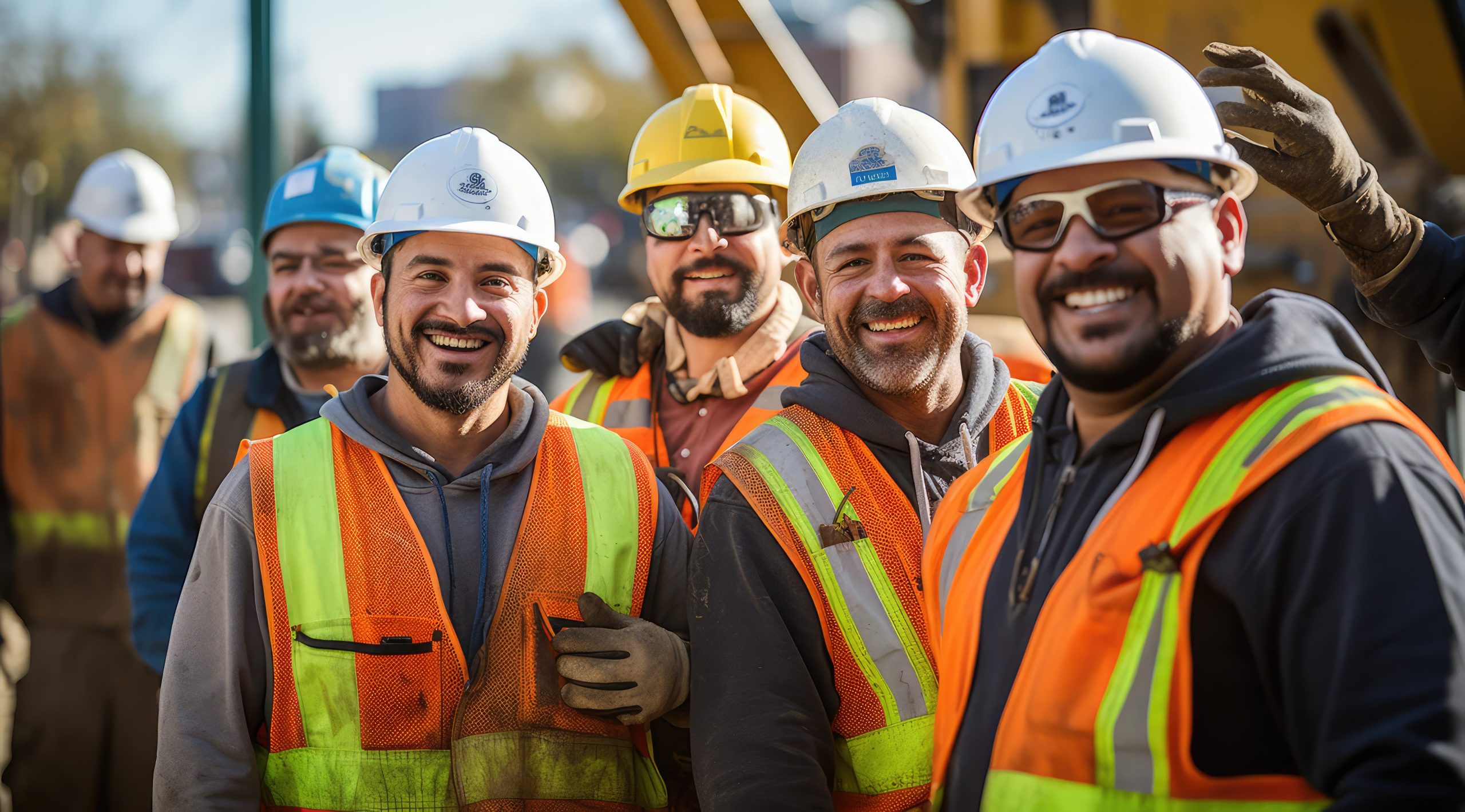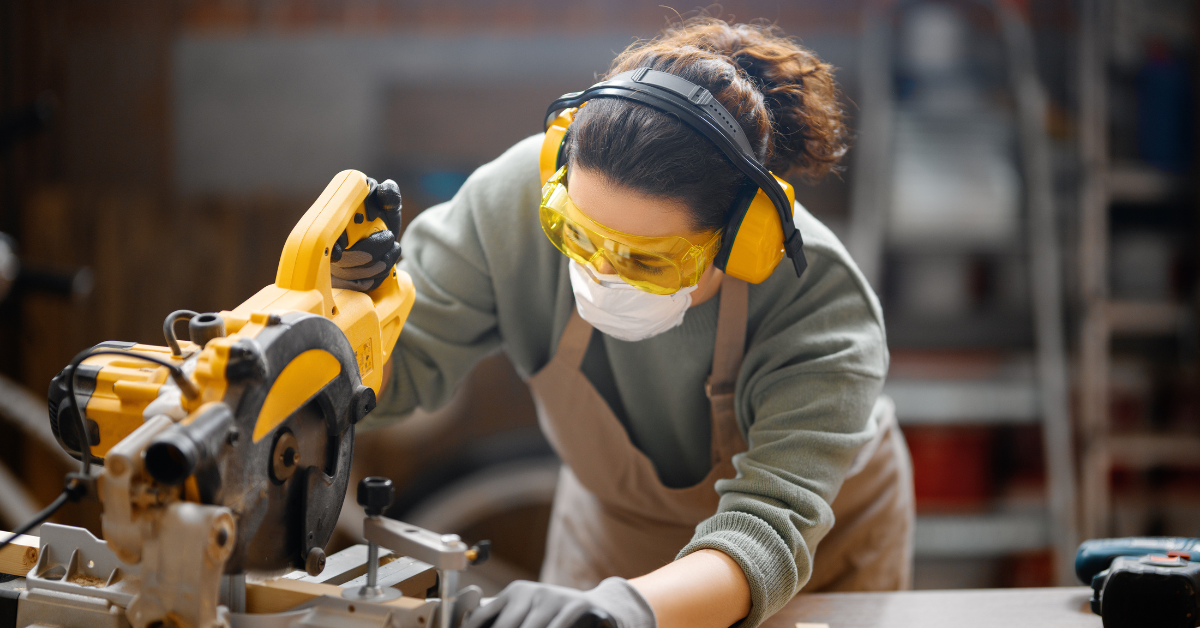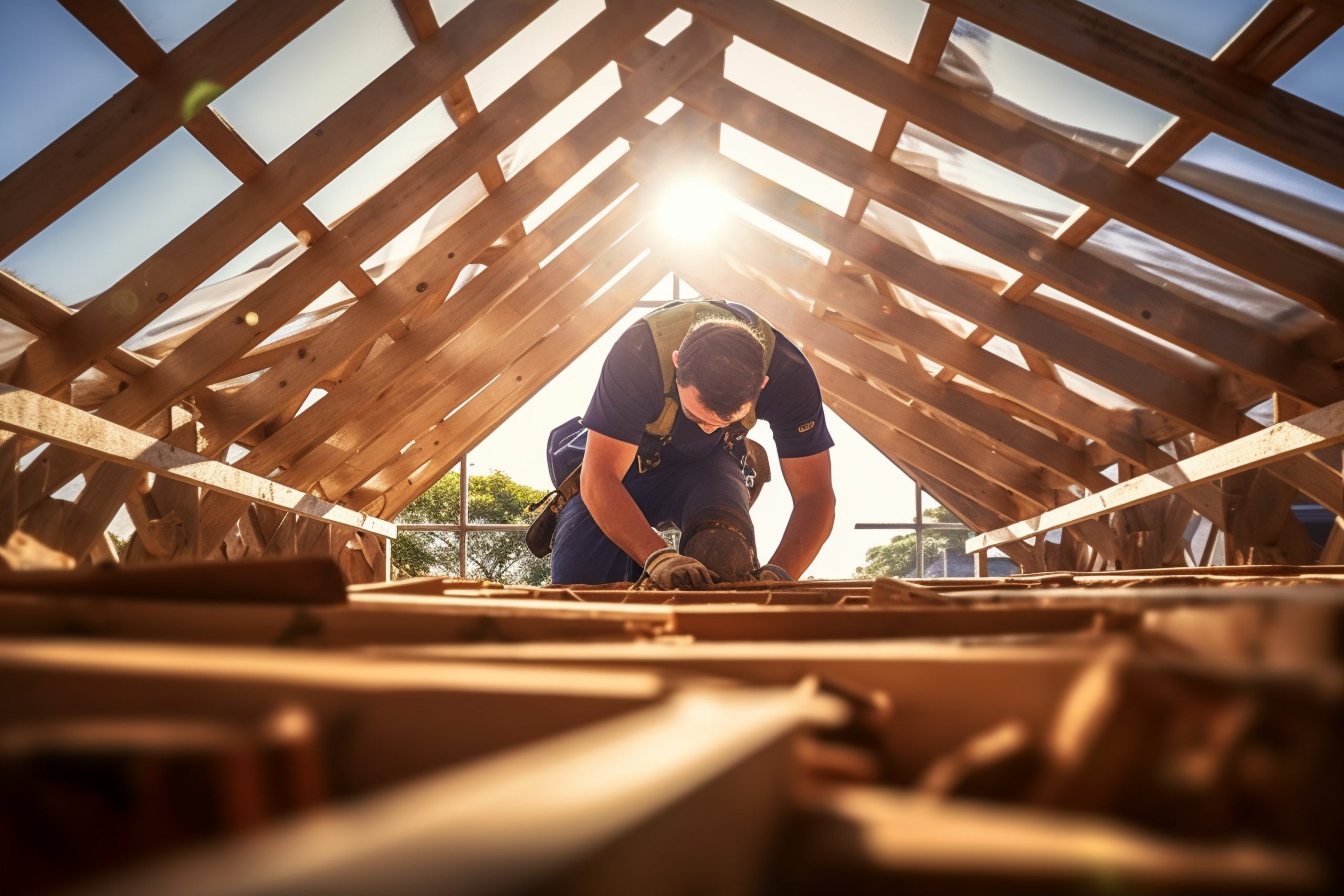Careers in the skilled trades have reached a new level of popularity in recent years, a trend driven by many factors, but especially concerns over AI displacing knowledge work. However, AI is embedding itself into trades, including construction work: it’s taking over some repetitive labor, project administration, and back-office functions. As robotic technology continues to advance, AI has the potential to take on more jobs in the physical world, potentially putting numerous careers at risk.
But that doesn’t mean human labor will soon be obsolete. In fact, construction projects have a range of skills and functions that likely won’t give way to AI and robotics (at least, not any time soon).
Key Takeaways
- AI is reshaping construction roles, but not replacing all skills. While AI handles repetitive tasks and enhances efficiency, complex on-site work, troubleshooting, and craftsmanship still demand human expertise.
- New tech-driven roles are emerging alongside traditional trades. Careers like AI safety engineer, robotics specialist, and BIM strategist show how workers can future-proof their paths with hybrid technical and trade skills.
- Human adaptability remains irreplaceable. Critical tasks like equipment operation, advanced finishing, site surveying, and system troubleshooting rely on judgment, dexterity, and creativity that AI cannot replicate.
How is AI Used in Construction Projects?
Over the past few years, we’ve had a front-row seat to the rapid transformation of construction into a more digital-forward industry. Artificial intelligence (AI) is an inescapable part of that change, although adoption does lag behind leaders’ expectations. Here are just a few of the ways that companies are using it:
- Providing predictive maintenance to avoid equipment breakdowns
- Enhancing building information modeling (BIM) tools with generative design and plan optimization
- Automating project management systems to allocate resources and schedules more efficiently
- Performing quality checks and detecting defects with drones and computer vision
The more common AI becomes in construction technology platforms and workflows, the more construction workers and managers will need to evolve their skills just to keep up with the demand. New roles are even beginning to emerge as a result:
| Role | Description |
|---|---|
| AI Construction Project Manager | Manages AI-driven project scheduling, resource allocation, and risk through data analytics to improve project efficiency and outcomes |
| Construction Data Analyst | Uses AI tools to analyze site data for quality control, defect detection, and compliance to enable faster and more accurate project insights |
| AI Safety Engineer | Implements AI systems for real-time safety monitoring, hazard detection, and PPE compliance to boost site safety and reduce accidents |
| Construction Robotics Engineer | Develops and controls robotics for automating repetitive or dangerous tasks to increase productivity and worker safety |
| AI-Powered BIM Specialist | Employs AI-enhanced BIM for clash detection, design optimization, and regulatory compliance to reduce costly revisions |
| Predictive Maintenance Engineer | Uses AI to analyze sensor data for equipment and building systems to anticipate failures, plan maintenance, and reduce downtime |
| Intelligent Document Processing Specialist | Automates categorization, extraction, and management of project documents to streamline project administration |
| Machine Vision Engineer | Applies computer vision technology to monitor construction progress, audit compliance, schedule adherence, and safety surveillance |
| Data Strategist | Crafts data strategies to leverage AI insights across project phases, from design to operations to improve competitive advantage and decision-making |
| Autonomous Fleet Supervisor | Oversees remote operation and coordination of autonomous construction machinery, requiring IT and software management skills |
| AI Estimation Specialist | Focuses on AI-assisted quantity take-offs and cost benchmarking, shifting to bid strategy and risk analysis roles |
Why Is AI Adoption in the Construction Space Appealing?
For an industry that isn’t typically known for embracing new technology, the appeal around AI is strong. Here are a few of the tangible benefits we’re hearing in our conversations with industry leaders:
- Increased productivity and efficiency by automating repetitive processes and optimizing resource allocation
- Reduced costs and minimized waste, in part due to the ability to predict resource use and equipment maintenance needs
- Improved site safety through AI-powered sensors and computer vision systems
- Higher quality product as real-time data analysis and defect detection make it easier for construction teams to minimize errors and rework
What Are the Risks of AI Adoption in Construction?
For all the benefits that AI can offer when implemented well, it also comes with some serious risks. Left unaddressed, these can end up causing more harm than good:
- Data security and legal liabilities, as AI systems require access to sensitive information like project plans and client data; these systems become attractive targets for cyberattacks, data breaches, and model manipulation
- “Black box” phenomenon, when users don’t understand how an AI arrived at a particular decision
- High upfront implementation costs, especially when it comes to cleaning, formatting, and storing data for future retrieval
- Workforce disruptions as roles shift or become obsolete due to automation
- Risk of “shadow AI” (i.e. using non-approved AI tools) that can further expose the organization to undue risk
What Are the Construction Career Skills that AI Can’t Replace?
Among the risks mentioned above, there’s one that’s perhaps the most dangerous: deploying AI to perform tasks and projects that are better left to human beings. Here are five examples of key skills that fall within that category.
1. Complex On-Site Installation and Assembly
Tasks like plumbing, electrical work, HVAC installation, and custom carpentry require human dexterity, problem-solving, and adaptation to unique site conditions. Even with the most advanced robotic technology, an AI simply doesn’t have the skill to perform these tasks effectively.
But the problem goes beyond just dexterity. Construction sites are highly variable, with constantly changing environments and unpredictable factors like site layout, materials, and unexpected obstacles. All of these require flexibility and intuitive judgment that only human workers possess.
On top of that, AI systems require stable electricity, high connectivity, and robust computing resources that are not always available on many construction sites. This further limits their ability to handle these tasks.
2. Skilled Equipment Operation
Operating heavy machinery (cranes, excavators, forklifts) on dynamic, unpredictable job sites involves intricate controls, spatial judgments, and safety decisions that are challenging for autonomous systems to manage reliably. Even with advanced sensors like LiDAR, RADAR, and GPS, there are still technical reliability issues that could cause malfunction or accidents.
While some autonomous machinery can operate at partial automation levels (Level 1-3), achieving fully reliable autonomous operation (Level 4+) without human intervention is still a work in progress. It’s important for organizations to adopt a balanced approach where human operators maintain oversight, while AI assists with routine, hazardous, or data-intensive tasks.
3. Advanced Finishing and Craftsmanship
Advanced finishing and craftsmanship tasks, such as drywall finishing, tile setting, masonry, and high-end millwork, involve complex manual techniques and visual judgments that are difficult to codify for AI and automation. These tasks often require nuanced motor skills, tactile feedback, and adaptive manual control to handle variations in material texture, surface irregularities, and detailed design requirements.
Additionally, craftsmanship in areas like custom carpentry or masonry requires aesthetic decisions and adjustments based on visual inspection. This is challenging for AI systems to replicate with consistent quality. AI-driven robotics currently complement rather than replace skilled workers by handling repetitive or labor-intensive portions of these tasks while humans focus on precision and artistry.
4. Site Surveying and Layout
Site surveying and layout remain challenging for full AI automation, despite advances in technologies like GNSS, robotic total stations, laser scanning, and drones. These tasks require real-time interpretation of construction drawings alongside constantly changing and dynamic site conditions, which demand flexible human judgment and adaptation.
Even so, automation complements human effort by streamlining measurement and layout processes, allowing surveyors to focus on more complex and critical tasks. Practical site surveying and layout still rely heavily on human expertise for real-time problem-solving and coordination.
5. On-Site Systems Troubleshooting
Diagnosing, repairing, or retrofitting systems in older or non-standard structures requires a high degree of improvisation, experience, and contextual understanding. AI and automation systems simply cannot provide this degree of flexibility.
Additionally, these tasks often involve unique or legacy building systems that lack standardization, making automated diagnostics challenging due to incompatible interfaces, outdated equipment, or incomplete documentation. Human technicians, however, can draw on extensive practical knowledge to identify non-obvious issues, devise creative solutions, and integrate new technologies with existing infrastructure in ways that AI tools struggle to automate effectively.
Final Thoughts on AI-Proofing Construction Careers
AI is a powerful tool for construction workers to use. However, if people use it too much to make decisions and solve problems autonomously, it can seriously reduce not only the quality of the work product, but also eat at human workers’ ability to solve those problems themselves (i.e. AI-induced brain rot).
It’s important to remember that certain roles and functions, like the ones we just listed above, require human intelligence and know-how to work effectively. Instead of using AI to automate these important jobs, you should prioritize hiring high-quality, experienced, and thoughtful people who can do the job effectively regardless of whether they have an AI tool.
Skinner has spent the time building relationships with these people, and we can help you find them. Get started by reaching out to us today.
